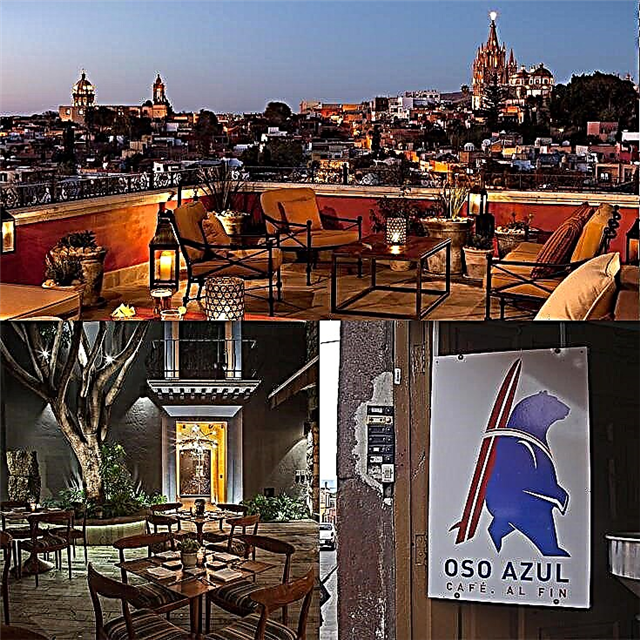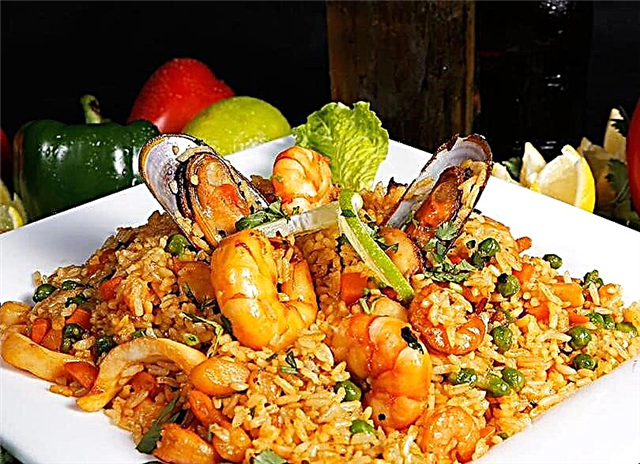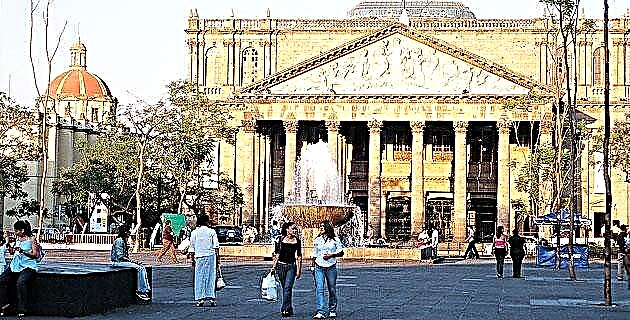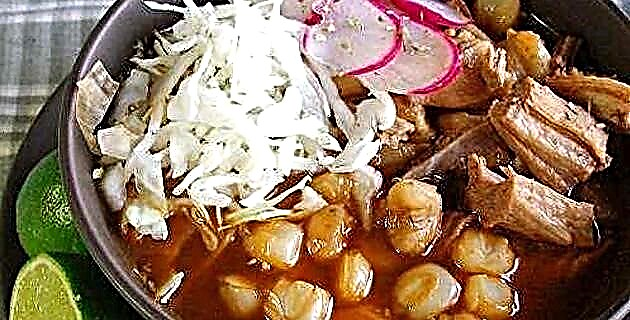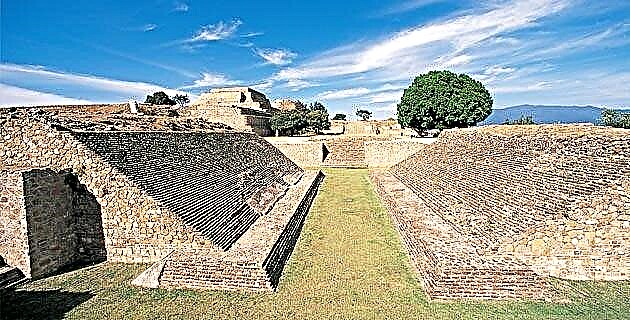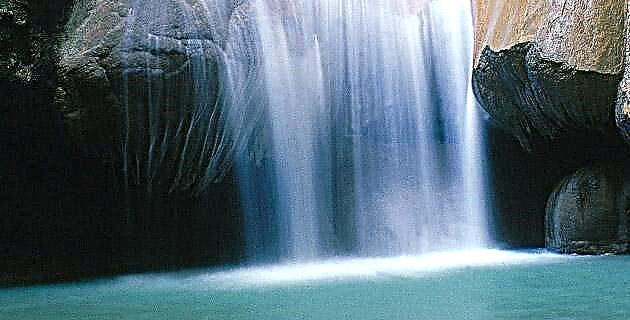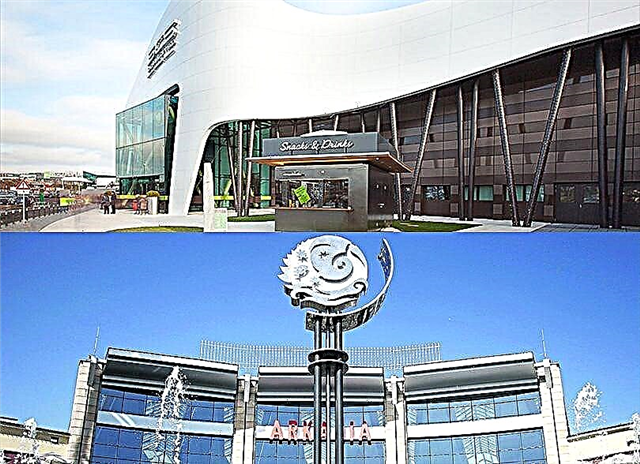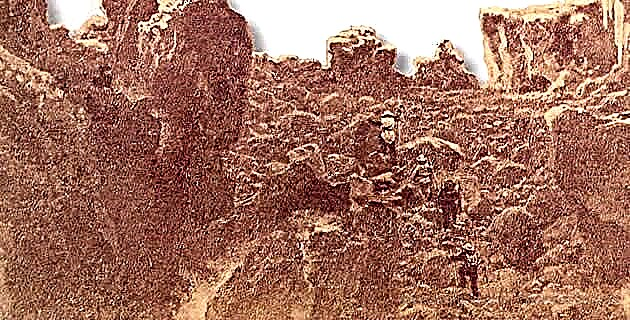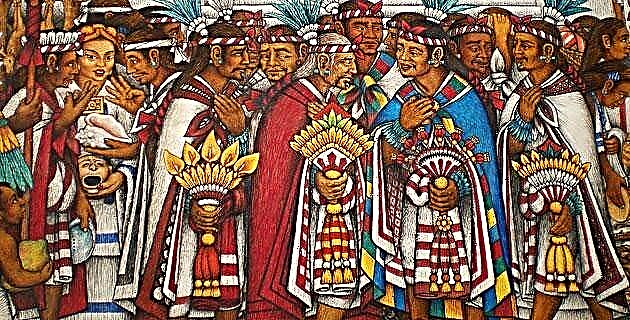
The historical antecedents of Tlaxcala go back to before the arrival of the first Spaniards to our territory. Originally, the current city was divided into four great manors: Tepeticpac, Ocotelulco, Quiahuixtlan and Tizatlán, which despite being independent from each other, in times of crisis or threat to the territory, united to form a common front.
PLACE OF CORN BREAD OR TORTILLAS
Tlaxcala is a name of Nahuatl origin that means place of corn bread or tortillas. It is located just 115 km from Mexico City, with a temperate climate and rains in summer. It is located on the coast of 2,225 m above sea level.
The Tlaxcalans built public and civil buildings, living in general terms from agriculture. When Hernán Cortés arrived in this place, approximately in 1519, its inhabitants joined him to defeat his eternal enemies: the Mexica. The first buildings were built in what is known as the Chalchihuapan Valley; Thus, the city of Tlaxcala was created with the name of Tlaxcala de Nuestra Señora de la Asunción, at the initiative of Don Diego Muñoz Camargo in 1525, a foundation supported by an order of Pope CIemente VII.
Due to the fact that from the seventeenth century brick and talavera, typical of this region, were used in the decoration of its buildings, and the baroque style appeared around the eighteenth century with magnificent white mortar covers, the city took on an urban image very own, so much so that it has come to be known as a Tlaxcala baroque. Given its ancestral foundation, we can still find various buildings from the 16th, 17th, 18th and 19th centuries in excellent condition. It is said that the city began to be built from the Plaza de Armas, the name later changed to what is known today, Plaza de laConstitución.
The square is limited to the north by the Government Palace, whose construction began in 1545. This 16th-century building preserves only the lower part of the façade and the interior arcade, as it has been modified several times throughout its existence. Inside we appreciate an excellent mural that tells us the history of Tlaxcala from pre-Hispanic times to the 19th century. This work began in 1957, by the illustrious artist from Tlaxcala Desiderio Hernández Xochitiotzin.
Once ecstatic with the magnificent spectacle that the mural represents, we can head towards the Parish of San José, erected between the 17th and 18th centuries. Its main façade is decorated with the traditional Tlaxcala baroque mortar, covered by bricks and talavera tiles. In the central part of its cover an image of Saint Joseph stands out.
On the west end of the Plaza de la Constitución is located the old Royal Chapel of the Indians, whose first stone was laid in 1528 by Friar Andrés de Córdoba, paid for by the four original manors. In 1984 they restored it and from then on, it houses the State Judicial Power. On Juárez Street, to the east of the Plaza de la Constitución and in the central part of the Hidalgo portal -built at the initiative of Don Diego Ramírez-, the House of the City Hall is located, which dates back to the 16th century. As of 1985, the state government decided to acquire it and use it for its current purposes.
Finally, the south side of the square is closed by several buildings, among which the Casa de Piedra stands out, a building from the 16th century, whose facade is made of gray quarry from the neighboring town of Xaltocan and which houses one of the best hotels in town. On Avenida Juárez, just in front of Plaza Xicohtencatl, is the modern Museum of Memory. Installed in an old house from the last century, it offers a spectacle without equal to the visitor.
GOING THROUGH THE CENTER
Going back a bit, behind the Parroquia de San José, the Plaza Juárez is located in what used to be the market of the city and that today forms a wide open space with a bronze statue of Don Benito Juárez and a fountain with a quarry sculpture of an eagle devouring a snake. In front of it, on Allende Street, is the Legislative Palace, built just in 1992 and the seat of the state Legislative Power. The former Legislative Palace is located on Lardizábal and Juárez streets. The corner façade is made of a type of gray quarry abundant in the Xaltocan region. Inside, its winding staircase covered with a dome that recalls the art noveau draws attention.
A few steps from this building, we find the Xicohtencatl Theater, one of the first spaces dedicated to art and culture in the entity. It was inaugurated in 1873, but its original façade was modified in 1923 and in 1945 by attaching a quarry doorway in a marked neoclassical style.
On the same Ave. Juárez we arrive at the Palace of Culture, which dates back to 1939 and which in its beginnings housed the Institute of Higher Studies of Tlaxcala and which since 1991 was restored to be the headquarters of the Tlaxcalteca Institute of Culture. Its facades are covered with brick petatillo, with a style marked within the late neoclassical style.
Our next visit takes us to the former Franciscan convent of Our Lady of the Assumption, considered one of the first conventual works in America. The Franciscan complex began to be built in 1537 and is made up of two atriums. One is located on the upper floor and is delimited by three large arches that join it to the bell tower. In this one stands out a “posa chapel” decorated with reliefs of San Francisco de Asís and Santo Domingo de Guzmán.
The convent's temple currently functions as a local cathedral and its façade is quite austere, but its interior reserves a host of surprises, which begin with an impressive Mudejar-style wooden ceiling, one of the best preserved of its kind. On its southeast side, after climbing a steep stone staircase, we arrive at the Chapel of the Good Neighbor, an austere 17th-century building, now under the custody of individuals and which is only open for worship on two dates: Holy Thursday and first of July. Coming down from this small chapel we get to know the unique “Jorge El Ranchero Aguilar” Bullring.
After walking for a long time, we stop to enjoy some typical dish of the region, such as a Xaltocan chicken, some escamoles, a few maguey worms or a delicious Tlaxcala soup. Once our appetite was satisfied, we headed towards the Living Museum of Popular Arts and Traditions of Tlaxcala, on Ave. Emilio Sánchez Piedras no. 1, in what was the Government House until a few years ago.
To end our visit to the city of Tlaxcala we go to the Basilica and Sanctuary of Our Lady of Ocotlán, a beautiful religious construction one kilometer east of downtown. Legend has it that this temple was built in the place where in 1541 the Virgin Mary appeared to an indigenous man named Juan Diego Bernardino. Its main altarpiece is in the Baroque style and is decorated with shells, garlands of flowers and pomegranates, as well as baskets with plant arrangements that frame 17 sculptures, 18 angels and 33 different carvings. The image of the Virgin of Ocotlán is a beautiful one-piece, polychrome and finely stewed wood carving. Its main festival is celebrated on the first and third Monday of May, which is attended by millions of pilgrims from all over the republic. Thus, this magnificent city exhibits a set of options for knowledge, with various surprises for most visitors.
IF YOU GO TO TLAXCALA
From Mexico City, take highway no. 150 Mexico-Puebla. When you get to the San Martín Texmelucan toll booth, there is a deviation to highway no. 117, which will take us to the city of Tlaxcala, 115 km from the capital. From Puebla, take federal highway no. 119 that after passing through Zacatelco leads us to Tlaxcala, or the highway no. 121 that passes through Santa Ana Chaiutempan to reach the Santa Ana-Tlaxcala Boulevard. This section does not exceed 32 km.

